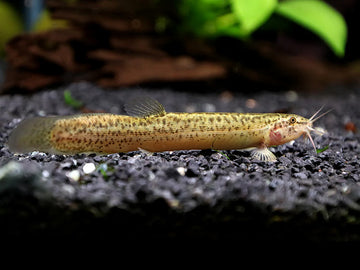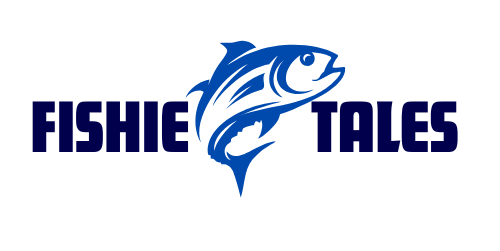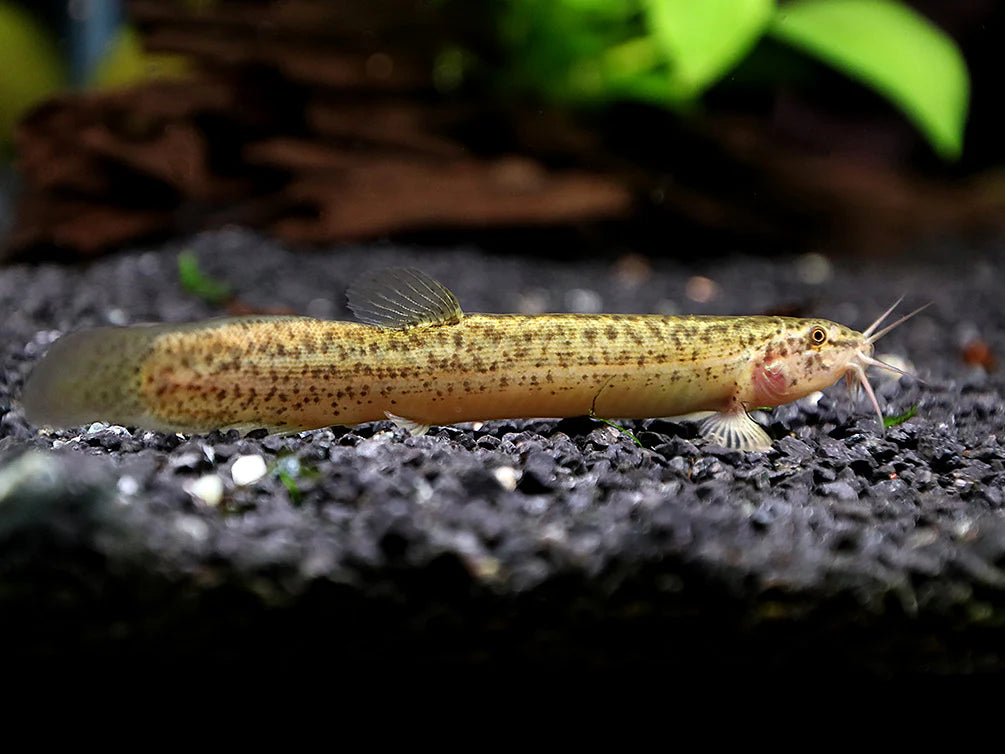Misgurnus anguillicaudatus – Dojo Loach / Weather Loach (5 cm juvenile)
-
Estimated Delivery:Jan 17 - Jan 21
-
UPS Next Day Air Shipping Charges 65$

Misgurnus anguillicaudatus – Dojo Loach / Weather Loach (5 cm juvenile)
The Dojo Loach (Misgurnus anguillicaudatus), also known as the Weather Loach, is a hardy, peaceful freshwater loach species native to East Asia. It is a long, eel-like fish with a smooth, scaleless body and barbels around its mouth. This species is known for its unique behavior of becoming more active during changes in barometric pressure, earning it the nickname “Weather Loach.” Due to its adaptability, peaceful nature, and quirky personality, it has long been a favorite in community aquariums.
Size
-
Current size: ~5 cm (juvenile).
-
Adult length: ~8–12 inches (20–30 cm).
-
Slender, elongated body with smooth skin and barbels used for foraging.
Behavior & Social Needs
-
Peaceful and social bottom-dweller.
-
Best kept in groups of 3 or more, as they enjoy the company of their own kind.
-
Active burrowers; often wedge themselves under substrate or decorations.
-
Excellent tankmates for goldfish, large tetras, barbs, and other peaceful community fish. Avoid aggressive or predatory species.
Tank Conditions
-
Minimum tank size: 55 gallons for a small group.
-
Temperature: 64–75°F (18–24°C). Can tolerate cooler water, making them suitable for unheated aquariums.
-
pH: 6.5–8.0 (neutral to slightly alkaline).
-
Setup suggestions: Fine sand or smooth gravel substrate to prevent injury during burrowing. Provide driftwood, smooth rocks, and hiding caves. Moderate water flow with strong aeration is ideal.
Diet
-
Omnivorous scavenger.
-
Eats sinking pellets, wafers, frozen or live foods such as bloodworms, brine shrimp, daphnia, and small invertebrates.
-
Will also graze on leftover food, helping keep the tank clean.
-
Occasional blanched vegetables can be offered as supplements.
Lifespan & Hardiness
-
Very hardy species, tolerant of a wide range of conditions.
-
Can live 8–10 years in captivity, with some reports of up to 15 years in excellent care.
-
Extremely adaptable but requires clean, well-oxygenated water.

